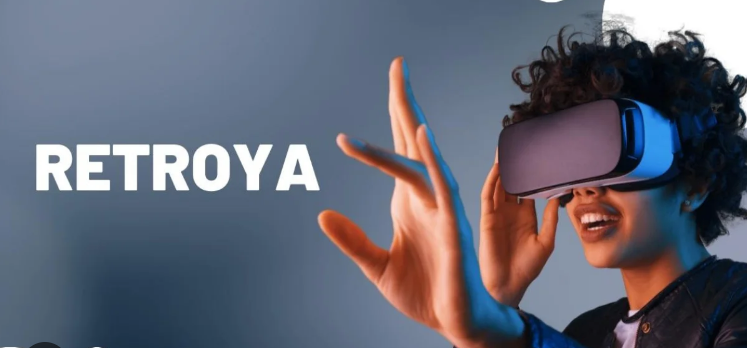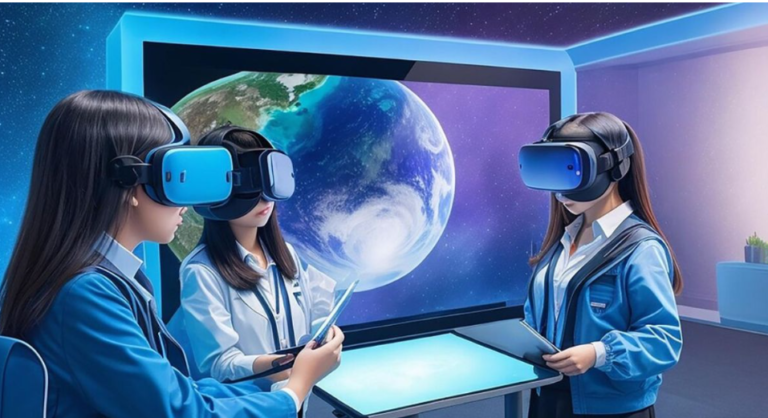History of Retroya
Early Beginnings: It traces its origins to the mid-20th century, a time characterized by iconic fashion, music, and design. It emerged as a linguistic response to the spirit of retro aesthetics and nostalgia.
Evolution: Initially blending slang, jargon, and colloquialisms from pop culture, Retroya gradually transformed over the decades. It retained its retro charm while assimilating influences from various linguistic traditions.
Characteristics of Retroya
- Phonetics and Pronunciation: Known for its melodic cadence, it emphasizes vintage phonetic patterns. Think classic radio broadcasts and film dialogue.
- Grammar and Syntax: it’s grammar is elegant and concise, reflecting mid-century discourse. Expect expressive sentence structures with evocative imagery and metaphor.

Usage and Applications
- Cultural Significance: Retroya bridges the past, invoking collective memory and nostalgia. It extends beyond communication to art, literature, and multimedia expression.
- Modern-day Usage: From retro-themed events to online communities, it thrives in contemporary contexts, offering authenticity in our digitized world.
Learning Retroya
– Resources: Aspiring learners can explore online courses, textbooks, immersive experiences, and language exchange programs.
– Challenges: Learning it may pose challenges due to its cultural context, but passion and perseverance can overcome them.
Future Prospects
– Growth: It timeless appeal transcends generations, ensuring its popularity continues to flourish.
Cultural Significance of Retroya
The cultural significance of Retroya lies in its ability to evoke nostalgia and connect people across generations. Let’s explore further:
- Collective Memory: Retroya transports us to bygone eras—the ’50s, ’60s, or ’70s—when life seemed simpler. It revives memories of vintage cars, jukeboxes, and classic films. By using it , we honor our shared cultural past.
- Art and Expression: Artists, musicians, and writers infuse Retroya into their work. Lyrics, paintings, and fashion designs pay homage to retro aesthetics. It’s a bridge between creativity and history.
- Community and Identity: Online communities dedicated to Retroya thrive. Members discuss vintage fashion, music, and lifestyle. It’s more than a language; it’s a sense of belonging.
- Reviving Traditions: It encourages us to revisit forgotten customs. Whether it’s swing dancing, vinyl records, or typewriters, the language celebrates timeless traditions.

How Retroya Stands out Unique?
It stands out due to its unique blend of nostalgia, cultural resonance, and artistic expression. Here’s what sets it apart:
- Time Travel Language: It isn’t just a language; it’s a linguistic time machine. When you speak or write in Retroya, you transport yourself and others to a different era—the golden age of jukeboxes, poodle skirts, and classic cars.
- Emotional Connection: Unlike other languages, Retroya taps into our emotions. It’s not about mere communication; it’s about reliving memories, celebrating vintage aesthetics, and feeling the warmth of yesteryears.
- Artistic Flourish: It encourages creativity. Writers craft poetic sentences, musicians compose melodies reminiscent of vinyl records, and designers create retro-inspired fashion. It’s a canvas for artistic expression.
- Community Bonding: Retroya enthusiasts form tight-knit communities. They share stories, organize themed events, and celebrate the timeless. It’s a shared passion that transcends borders and generations.
Benefits of Retroya
Let’s explore the benefits of using Retroya:
- Emotional Connection: When you communicate in Retroya, you evoke feelings of nostalgia and warmth. It’s like sharing memories over a cup of vintage coffee.
- Artistic Expression: It encourages creativity. Whether you’re writing a poem, designing retro-inspired graphics, or composing a melody, it adds a touch of artistic flair.
- Community Bonding: It enthusiasts form tight-knit communities. You’ll find like-minded people who appreciate retro aesthetics and share stories from the past.
- Time Travel: Speaking Retroya is like stepping into a time machine. It transports you to the ’50s or ’60s, where jukeboxes played, and swing dancing was in vogue.

How to Get Start with Retroya?
If you’re ready to dive into the enchanting world of Retroya, follow these steps:
- Learn the Basics:
– Familiarize yourself with its phonetics, pronunciation, and basic vocabulary. Imagine you’re a character in a vintage movie!
– Watch classic films, listen to old radio broadcasts, and immerse yourself in the retro ambiance.
- Join Retroya Communities:
– Connect with fellow enthusiasts. Online forums, social media groups, and language exchange platforms are great places to start.
– Share your passion, ask questions, and learn from others.
- Practice Writing:
– Grab a typewriter (or a digital equivalent) and compose sentences in Retroya. Experiment with expressive language.
– Write short stories, poems, or even love letters—the more nostalgic, the better!
- Explore Retro Culture:
– Dive into vintage fashion, music, and lifestyle. Learn about swing dancing, classic cars, and iconic fashion trends.
– Attend retro-themed events or visit vintage shops for inspiration.
- Create Your Own Retroya Moments:
– Host a retro movie night, complete with popcorn and black-and-white films.
– Curate a playlist of old-school tunes and dance like it’s the ’50s.
Conclusion
Retroya, a term derived from “retro” and “utopia,” encapsulates a cultural phenomenon that celebrates nostalgia for the past while envisioning it in an idealized future. Its roots trace back to the mid-20th century, characterized by iconic fashion, music, and design. Initially, it comprised a blend of slang, jargon, and colloquialisms prevalent in pop culture. Over time, it evolved, assimilating influences from various linguistic traditions while retaining its distinct retro charm.
The language’s phonetics emphasizes melodic cadence and vintage patterns, reminiscent of classic radio broadcasts and film dialogue. Its grammar is characterized by simplicity and elegance, reflecting mid-century discourse. Beyond mere communication, it serves as a cultural bridge, invoking collective memory and fostering creativity in art, literature, and multimedia expression. As interest in retro culture continues to flourish, Retroya’s timeless appeal transcends generational boundaries, offering a unique linguistic experience for enthusiasts of all ages.











+ There are no comments
Add yours